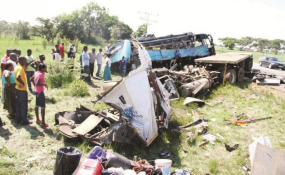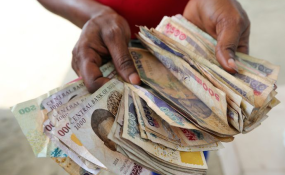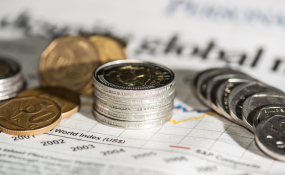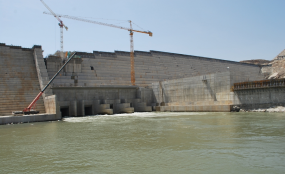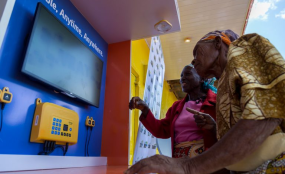By Zephania Ubwani
Arusha — At least eleven Tanzanian nationals have landed in plum jobs at the East African Community after last week’s appointments which saw several positions filled following the recent mass exit of professionals.
The former CEO of the Tanzania Telecommunications Limited (TTCL) Kamugisha Kazaura was appointed the director of infrastructure, one of the senior positions in the secretariat.
Notable promotions include those of Ms Ruth Mtoi Simba, until last week the principal human resources officer, who becomes the organisation’s director of Human Resources and Administration. Ugandan national Kenneth A. Bagamuhunda landed in the prestigious post of director general of Customs and Trade until recently held by Peter Kiguta from Kenya who has retired from the service of the Community.
Mr Bagamuhunda has for many years served as the director of Customs at the secretariat. The Directorate of Customs and Trade is a key unit in the EAC responsible for trade and allied matters.
The 42 appointments were made last week by the EAC Council of Ministers, which is the policy organ of the Community, after interviews which were conducted by the EAC Ad Hoc Service Commission which was set up last year.
The positions filled were those of the professional staff who retired upon attaining the mandatory retirement age of 60 years or expiry of their fixed term contracts.
Other Tanzanians appointed include Ms Suma W. Mwakyusa, who becomes the principal international relations officer, Fahari G. Marwa, the principal agricultural economist and Ms Monica Mihigo who becomes the principal trade officer.
Others include Suleiman Ahmed Athumani (materials pavement officer), Anthony Minja (customs officer), Alusaria D. Swai (accountant) and Ally Dotto (accountant with the East African Legislative Assembly).
Fabian Mashauri was appointed a principal health officer with the recently-established East African Health Research Commission, an institution of the EAC to be based in Bujumbura, Burundi. The appointments, the highest in number since a major recruitment drive for the EAC in 2007/08, saw Tanzania having the highest slots (eleven), ahead of Uganda (10), Rwanda (eight), Kenya (seven) and Burundi five.
Thirty one of the appointments went to the Secretariat, which is the executive arm of the EAC and others to Eala and institutions under the Community, among them the Lake Victoria Basin Commission, the East African Science and Technology Commission and EAHRC.
None has been appointed from South Sudan as the new entrant into the bloc has not been fully integrated into the activities of the Community.
The Council further directed the EAC secretariat to ensure that an induction programme is conducted before the appointed staff assume office.
Early this year, the EAC secretary general Liberat Mfumukeko announced the imminent retirement of 52 senior and middle cadre officials between February and end of the year, the first time a large number of staff to exit the Community.
The exact number of employees working at the EAC, its organs and institutions directly getting annual budget from the EAC is believed to be between 200 and 300.
By June 2014 the secretariat alone had 231 employees, of whom six were executive staff, 69 professionals, 46 general service staff, 84 project staff and 16 temporary employees. Eala and EACJ had 24 staff members respectively.


